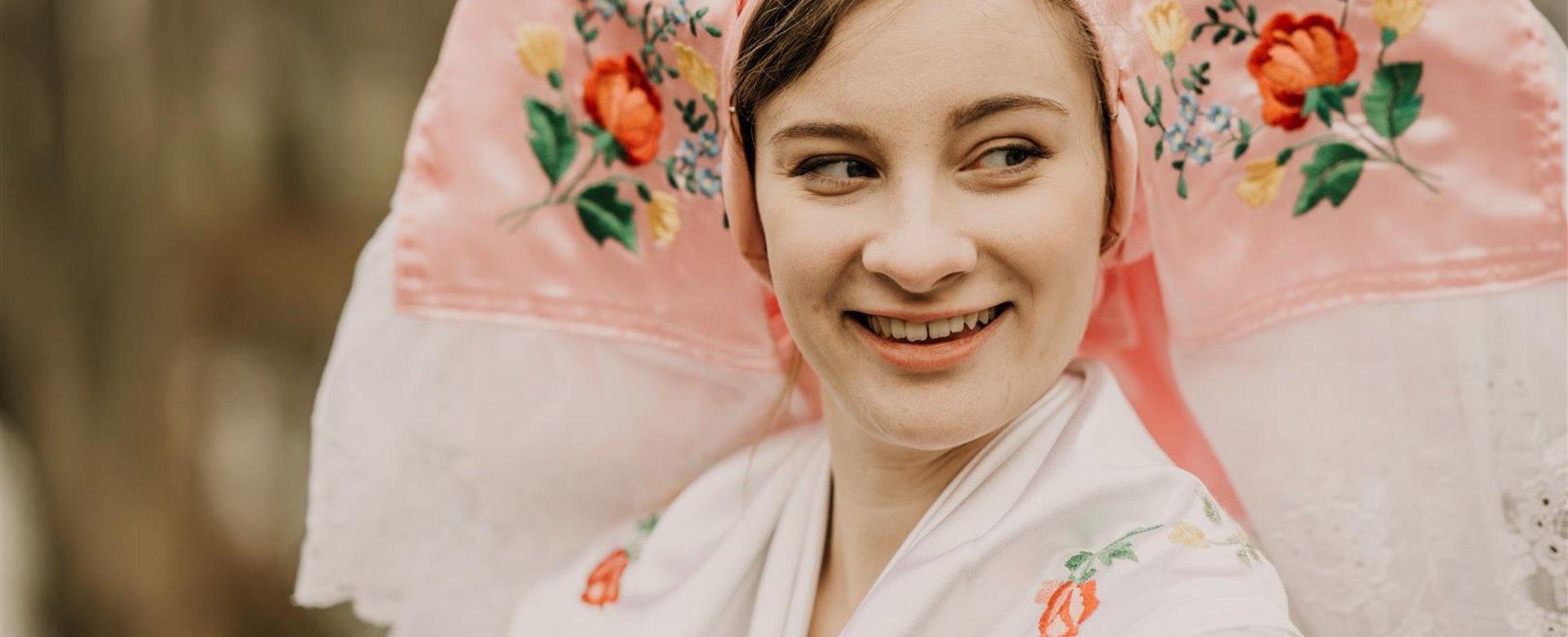Sorbian Customs in the Spreewald
The Sorbian settlers brought with them numerous legends and customs that have shaped the Spreewald and its culture to this day. Many inhabitants of the Spreewald also keep Sorbian traditions alive in everyday life. Let yourself be captivated by the colourful traditional costumes, the traditional dances and original customs during a holiday in the Spreewald and get to know the customs of the region at first hand.
Especially in the summer months, you can experience the traditions of the Sorbs and Wends, because in the warm season, numerous villages invite you to traditional homeland and village festivals that give visitors an insight into the Sorbian way of life. But you can also experience old customs in winter, because great Sorbian and Wendish events take place during the Winter Traditions Weeks.
